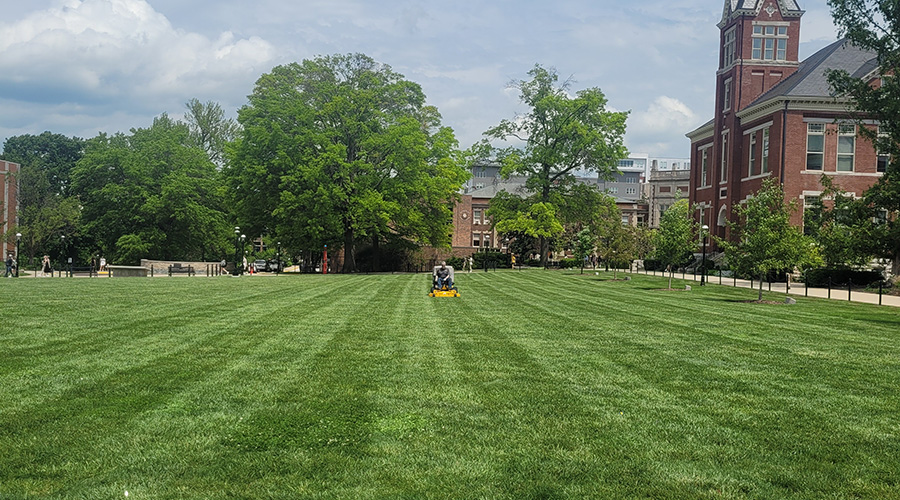Grounds Managers Should Make a List of Safe Work Practices
A written document that defines the who, what, when, where, and how of job safety is the backbone of a successful safety program. Topics to cover include basic safety rules, inspections, accident reporting and investigation, first aid, PPE, electrical safety, equipment safety, and guidelines for a safe work environment.
Safe equipment-operating procedures are essential for preventing injuries related to tools and machinery used in grounds care. The first step in proper equipment and machinery use is to read the operator’s manual carefully.
Next, make sure employees become familiar with tools and machinery before using them on the job. Managers should be sure both general and specific safe work practices are in place for tools and equipment. Issues to address include:
• using electric-powered hand tools, including landscaping tools, hedge and lawn trimmers, and edgers
• operating gasoline-powered equipment
• shoveling and digging, including landscaping activities and snow removal
• using pesticides
• waste management, including chemical, infectious, and biological and animal waste
• ladders, scaffolding, and lifts.
The hazards grounds care professionals face on the job vary, but it is a manager’s responsibility to identify these safety hazards and implement a comprehensive safety program to address them. A sound safety program not only benefits employees and the employer. It also can keep OSHA at bay.
Jeffery C. Camplin, CSP, CPEA, REP, is president of Camplin Environmental Services Inc. in Rosemont, Ill.
Related Topics:














